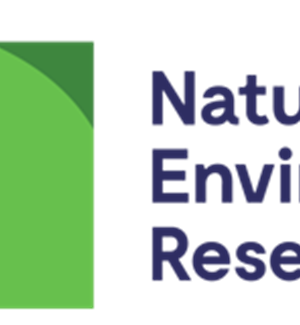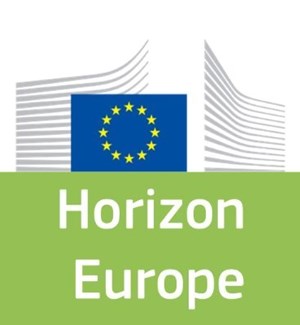- Forschungszentrum Jülich GmbH - Germany,
- Universiteit Maastrich - Netherlands,
- B4plastics - Belgium,
- Novozymes A/S - Denmark,
- Eurocord - Belgium,
- I-Coats - Belgium,
- Nexis Fibers A.S. - Slovakia,
- Van Beelen Group - Netherlands,
- Universidade De Vigo - Spain,
- Quantis - Switzerland,
- Bundesverband Der Deutschen Sportartikel-Industrie (BSI) e.V. - Germany,
- Fva Sas Di Louis Ferrini & C - Italy,
- Pak Gida Uretim Ve Pazarlama Anonim Sirketi - Türkiye
The EU-funded Glaukos project aims to develop innovative and environmentally sustainable textile fibres and coatings. The complete life cycle of these textiles will be redesigned: their sustainability performance (i.e. biodegradability and bio-recyclability) will be enhanced significantly, while their technical performance will be matched to end-user requirements. Glaukos builds on two concepts: triggerable biodegradability as a key concept in polymer design to mitigate textile-based microplastics pollution, and bio-recycling as a sustainable end-of-life solution. The supply chain distance is also substantially reduced by scaling up a disruptive way of producing the main polymer building block from several bio-based feedstocks. The underlying objective of Glaukos is to reduce the carbon and the plastic footprint of clothing and fishing gear. Stakeholders’ engagement will be encouraged through the involvement of individuals from the clothing and fishing gear industry.
Want to analyze based on this project via our analysis tool? Analyze this project
Knowledge Gaps
Environmental effects and ecotoxicity
Human toxicity
Mode of action (MOA)
Environmental exposure
Translocation within an organism
Publications




